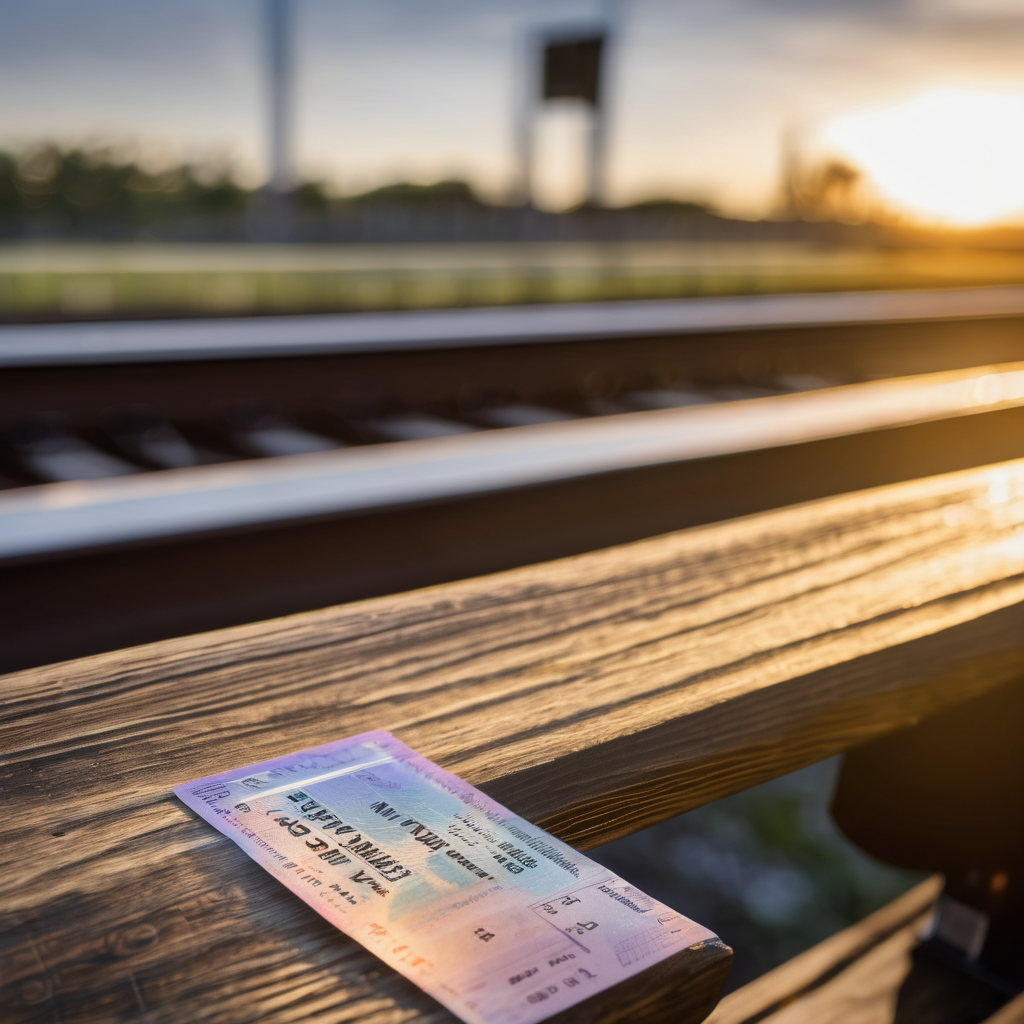The Brightline rail service in Florida, renowned for its upscale amenities and rapid transit, faces significant financial challenges, which could jeopardize its future operational viability. Since its inception in 2018, the privately-owned Brightline has captivated commuters with its modern stations, self-check-in processes, and spacious seating, offering a convenient alternative to road travel, particularly between Miami and Orlando. Despite these advantages, the company reported a staggering net loss of $549 million in 2024, a situation exacerbated by lower-than-expected ridership numbers.
While Brightline functions under a private model — a significant distinction from California’s publicly funded high-speed rail efforts — its operations reveal critical vulnerabilities. With ridership projected to hit barely three million in 2025, a far cry from covering operational costs and debt repayments totaling over $4.6 billion, the service’s future hangs in the balance. The recent downgrading of its bonds to junk status by Fitch exemplifies the growing concern surrounding the train’s financial stability.
The appeal of the Brightline is undeniable for some, particularly those in middle to higher income brackets, as described in feedback gathered from passengers. Riders often appreciate the amenities and reduced travel stress, especially compared to South Florida’s notorious traffic congestion. However, there is a noticeable class divide amongst passengers; while wealthier riders view the cost as justifiable and convenient, many middle-income travelers express concerns over the expenses associated with train travel. One-way tickets can average around $70, often making car travel more economical in comparison when factoring in parking fees.
Safety also remains a pressing issue, with the Brightline unfortunately recorded as the deadliest train system in the U.S. for fatalities per million miles traveled. Investigations into the high number of deaths, totaling over 180 since 2017, typically point to drivers and pedestrians failing to heed safety signals rather than operational deficiencies.
Historically, attempts to establish rail connections between Florida’s major cities have faltered due to financial apprehensions and regulatory hurdles. The Brightline utilized private activity bonds (PABs) to fund its construction, underscoring ongoing debates regarding the blended role of public and private financing in transportation infrastructure. Critics argue that the service’s initial successes are overshadowed by its financial missteps and the pressing need for safety improvements and fare subsidies.
To secure its place in Florida’s transportation landscape, some experts advocate for potential government intervention to stabilize the Brightline’s finances. Subsidizing fares could significantly enhance accessibility for a wider audience, making the train an attractive option for more Floridians. Upgrading tracks to improve travel times and safety standards could further bolster its usability in the competitive transportation market.
The Brightline’s journey symbolizes the complications of modern rail service in the U.S. amidst contrasting attitudes towards public and private investment in infrastructure. While its operational struggles highlight systemic challenges, the hope remains that with the right interventions, the service can evolve into a sustainable and profitable mode of transport, enhancing connectivity across the state’s vibrant regions.
